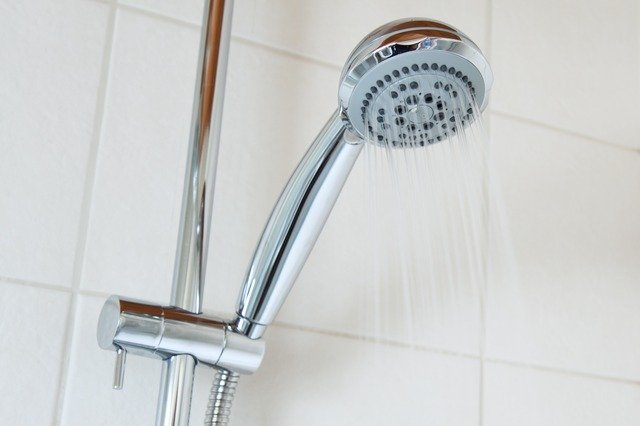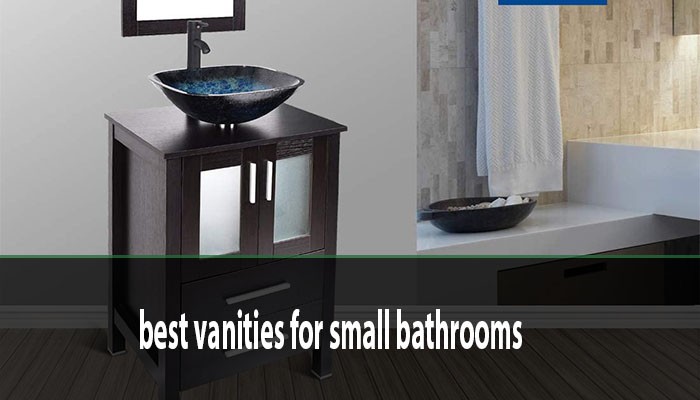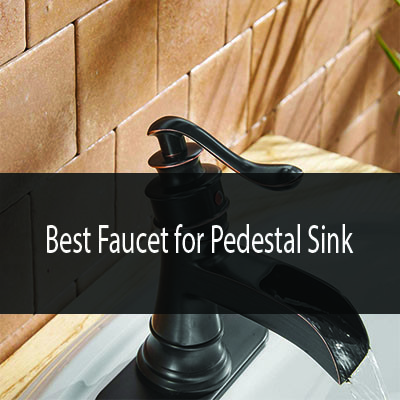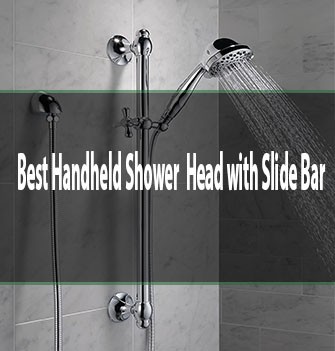Are you tired of low water pressure in your bathroom? You’re not alone. Many homeowners face this frustrating issue, and it can significantly impact your daily routines. Boosting water pressure with the right bathroom faucet is not just a dream; it’s an achievable goal that can enhance your bathroom experience. In this guide, I’ll share my insights and research on how you can elevate your water pressure effectively. By the end, you’ll have a clearer understanding of what to look for in a faucet, practical tips, and solutions to common problems. Let’s dive into the world of bathroom faucets and discover how to boost your water pressure!

Source: m.youtube.com
Table of Contents
Understanding Water Pressure
What is Water Pressure?
Water pressure is the force that pushes water through pipes and fixtures in your home. It’s measured in pounds per square inch (PSI). Ideally, residential water pressure should range between 40 to 60 PSI. If your bathroom faucet is experiencing low water pressure, it could be due to various factors, such as clogged pipes, faulty fixtures, or simply the type of faucet you’re using.
Why Does Water Pressure Matter?
High water pressure is essential for several reasons:
- Efficiency: Higher pressure means faster filling of sinks and tubs, saving you time.
- Comfort: A strong flow of water enhances the showering experience and makes daily tasks more enjoyable.
- Functionality: Some fixtures require a minimum water pressure to function correctly, such as showerheads with multiple settings.
Understanding the importance of water pressure helps you make informed decisions about your bathroom faucet.
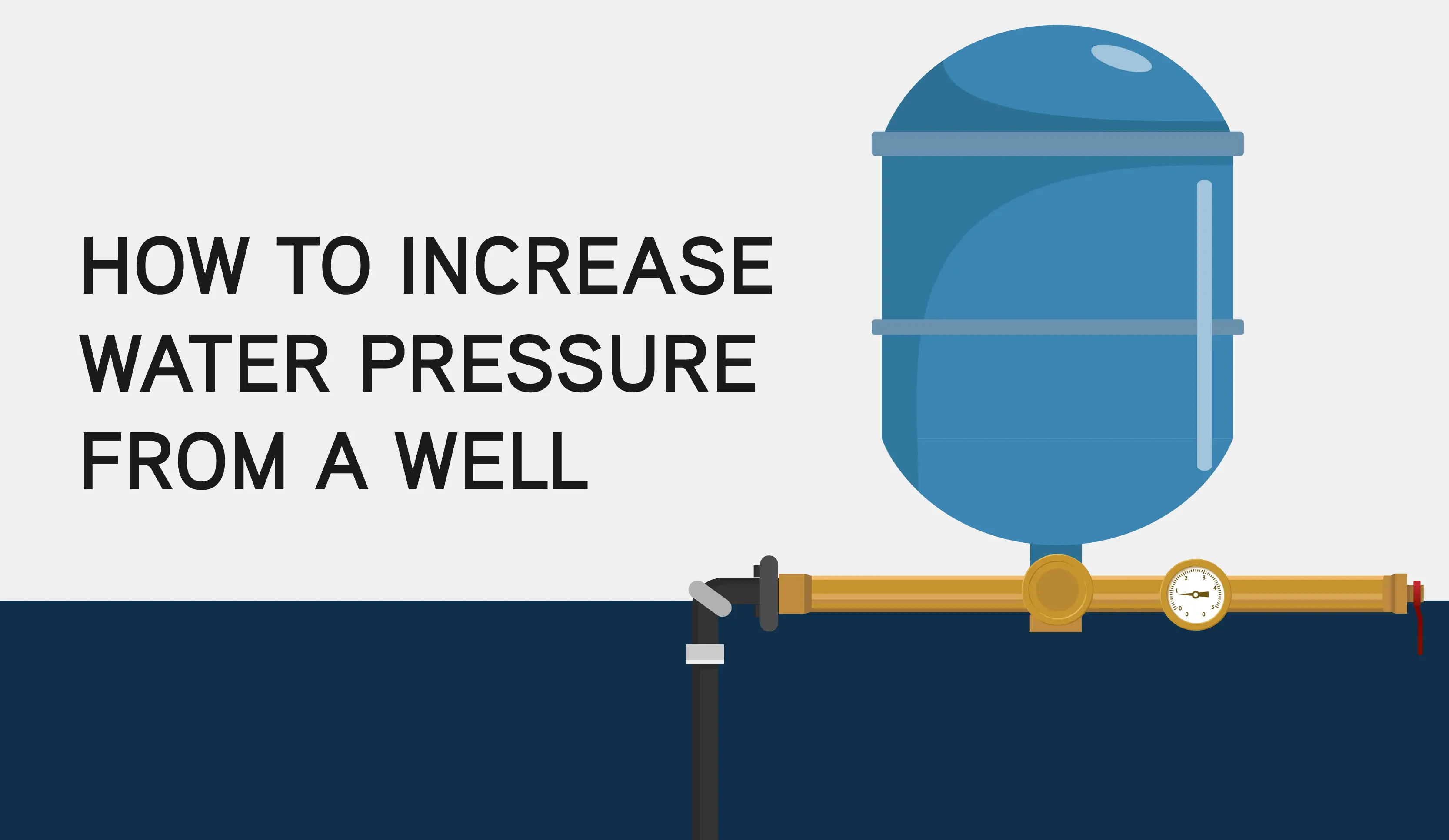
Source: www.mrrooter.com
Common Causes of Low Water Pressure
Before we explore how to boost your water pressure with the right bathroom faucet, it’s crucial to identify the potential culprits behind low water pressure:
- Clogged Aerators: The aerator, a small screen at the faucet's tip, can accumulate mineral deposits over time, restricting water flow.
- Old Plumbing: Aging pipes can corrode or become clogged, leading to reduced pressure.
- Faulty Valves: Valves that are partially closed or malfunctioning can hinder water flow.
- Pressure Regulator Issues: If your home has a pressure regulator, it may be set too low or malfunctioning.
By addressing these issues, you can significantly improve water pressure before even considering a new faucet.

Source: www.youtube.com
Choosing the Right Bathroom Faucet
Types of Bathroom Faucets
When it comes to boosting water pressure, not all faucets are created equal. Here’s a breakdown of different types of bathroom faucets:
-
Single-Handle Faucets: These faucets allow you to control both temperature and flow with one lever. They often provide a strong water flow, making them a popular choice for those seeking to boost pressure.
-
Double-Handle Faucets: These faucets have separate handles for hot and cold water. While they can offer good pressure, they may require more effort to achieve the desired temperature.
-
Wall-Mounted Faucets: These faucets are attached to the wall rather than the sink. They can provide a unique aesthetic and often feature high-pressure options.
-
High-Arc Faucets: These faucets have a taller spout that allows for more clearance, making it easier to fill larger containers. They often provide excellent water flow.
When selecting a faucet, consider the type that best suits your needs and complements your bathroom’s design.

Source: www.tiktok.com
Key Features to Look For
When boosting water pressure with the right bathroom faucet, keep an eye out for these essential features:
-
Flow Rate: Look for faucets with a higher flow rate (measured in gallons per minute or GPM). A flow rate of 2.2 GPM is standard, but some faucets may offer higher rates for improved pressure.
-
Pressure Compensating Aerators: These aerators can adjust water flow to maintain consistent pressure, even if the water supply fluctuates.
-
Durable Materials: Opt for faucets made from high-quality materials like brass or stainless steel, which are less likely to corrode and impede water flow.
-
Easy Installation: Choose a faucet that is easy to install, especially if you're planning a DIY project.
-
Design and Finish: While functionality is crucial, the design and finish of the faucet should also match your bathroom’s aesthetic.
By focusing on these features, you can find a faucet that not only boosts water pressure but also enhances your bathroom's overall look.

Source: www.youtube.com
Top Bathroom Faucets for Boosting Water Pressure
Here are some top-rated bathroom faucets that can help you achieve better water pressure:
1. Delta Faucet Leland Single-Handle Bathroom Faucet
Key Features:
- Flow rate of 1.2 GPM to conserve water
- Diamond Seal Technology for durability
- Available in multiple finishes
Pros:
- Easy to install
- Sleek design
- High-quality construction
Cons:
- Higher price point
Ideal Users: Homeowners looking for a stylish yet functional faucet.
2. Moen Eva Two-Handle Centerset Bathroom Faucet
Key Features:
- Flow rate of 1.2 GPM
- Spot Resist finish to prevent fingerprints
- Includes a lifetime warranty
Pros:
- Classic design
- Easy to clean
- Durable construction
Cons:
- May require professional installation
Ideal Users: Those who prefer a traditional look with modern functionality.
3. Kohler K-596-VS Simplice Pull-Down Kitchen Faucet
Key Features:
- Flow rate of 1.5 GPM
- High-arc spout for easy filling
- Pull-down spray head for versatility
Pros:
- Excellent water flow
- Easy to switch between spray and stream
- Durable finish
Cons:
- Higher maintenance due to moving parts
Ideal Users: Homeowners who want versatility in their faucet.
4. Pfister G529-700Y Avalon Single Control Bathroom Faucet
Key Features:
- Flow rate of 1.2 GPM
- Pforever Warranty for lifetime coverage
- Easy installation with included instructions
Pros:
- Affordable price
- Stylish design
- Easy to operate
Cons:
- Limited color options
Ideal Users: Budget-conscious homeowners looking for quality.
5. American Standard 9023.300.002 Edgemere Single-Handle Faucet
Key Features:
- Flow rate of 1.2 GPM
- Ceramic disc valve for durability
- Easy to clean with a sleek design
Pros:
- Affordable
- Modern aesthetic
- Reliable performance
Cons:
- Limited features compared to high-end models
Ideal Users: First-time homeowners or those on a budget.
By choosing one of these faucets, you can significantly improve your bathroom's water pressure while enjoying stylish designs.

Source: www.plumbingsupply.com
Actionable Steps to Boost Water Pressure
If you’re looking to enhance your water pressure, here are some actionable steps you can take:
-
Check the Aerator: Remove and clean the aerator regularly to prevent clogs.
-
Inspect Your Plumbing: Look for any visible signs of corrosion or leaks in your pipes.
-
Adjust Your Pressure Regulator: If your home has a pressure regulator, consider adjusting it to increase pressure.
-
Upgrade Your Faucet: If your current faucet is outdated or low-quality, consider investing in a new model designed for high pressure.
-
Consult a Professional: If you’re unsure about the cause of low pressure, consult a plumber for a thorough inspection.
By following these steps, you can effectively boost your water pressure and enhance your bathroom experience.

Source: www.youtube.com
Frequently Asked Questions about Boosting Water Pressure with the Right Bathroom Faucet
1. How can I tell if my faucet is causing low water pressure?
If other faucets in your home have normal pressure, the issue may lie with the specific faucet. Check the aerator for clogs or consider replacing the faucet.
2. What is the ideal water pressure for a bathroom faucet?
The ideal water pressure for a bathroom faucet is between 40 to 60 PSI. If your pressure is below this range, you may need to investigate further.
3. Can I increase water pressure by changing the faucet?
Yes, choosing a faucet with a higher flow rate and pressure-compensating aerator can help increase water pressure.
4. How often should I clean my faucet aerator?
It’s a good practice to clean your faucet aerator every six months to prevent clogs and maintain optimal water flow.
5. What should I do if my water pressure is still low after changing the faucet?
If you’ve changed the faucet and still experience low water pressure, consider checking your plumbing for clogs or leaks, or consult a plumber for assistance.

Source: www.wikihow.com
Conclusion
Improving your bathroom's water pressure is not just a matter of convenience; it can significantly enhance your daily routines. By choosing the right bathroom faucet and following the actionable steps outlined in this guide, you can effectively boost your water pressure. Remember to consider the type of faucet, its features, and potential plumbing issues that may be affecting your water flow.
Take charge of your bathroom experience today—explore your options, make informed decisions, and enjoy the benefits of a powerful water flow. If you found this guide helpful, consider subscribing for more tips or leaving a comment with your thoughts!

